Wondering what karat of gold is best for rings? For everyday wear, 14k gold is usually the top choice because it’s harder, more scratch-resistant, and more affordable than higher karats. If you prefer richer color and fewer nickel-related reactions, 18k is a beautiful option—though it can scratch more easily. And if bold styles are your thing, exploring chunkier designs—like those in Atolea’s Chunky Gold Ring Collection can give you both durability and standout style. Choose yellow, white, or rose gold based on your alloy preferences and skin sensitivity; nickel-free white gold or rhodium plating helps if you’re reactive. Remove rings during abrasive tasks to extend their life.

What Karat of Gold Is Best for Rings You Wear Daily
Understanding Gold Karats and Alloys
Although “gold” sounds singular, daily-wear rings rely on specific karats and alloys that balance color, durability, and cost.
You evaluate gold purity by karat: 24k equals 99.9% gold; 18k equals 75%; 14k equals 58.5%; 10k equals 41.7%.
Pure gold is malleable and intensely yellow, so you depend on alloy composition to modify properties. Common alloying elements include silver, copper, zinc, nickel, and palladium.
These adjust hue (yellow, white, rose), hardness, and workability, and they influence price. Nickel white gold often needs rhodium plating for a bright white; palladium white gold yields a naturally whiter tone.
You should also check hallmark standards (e.g., 750 for 18k) and request assay documentation. Transparent specifications let you compare formulations objectively.
Daily Wear Durability: Scratch and Bend Resistance by Karat
Because daily rings face constant contact with hard surfaces, you should prioritize alloys that resist scratching and deformation.
Pure 24k gold is very soft; it shows low scratch resistance and poor bend resistance. At 22k, hardness improves slightly, but malleability still invites dents.
The practical threshold begins at 18k: added copper, silver, nickel, or palladium raise Vickers hardness and reduce warping.
For frequent wear, 14k typically offers the best balance—meaningful scratch resistance, solid bend resistance, and manageable maintenance. It withstands knocks from keyboards, gym equipment, and door handles better than higher karats.
At 10k, hardness increases further, enhancing structural integrity, though some users may notice a more utilitarian feel.
For active lifestyles or hands-on work, you’ll likely prefer 14k–10k for dependable durability.
Color and Style: Yellow, White, and Rose Gold Compared
Durability sets the baseline, but your ring’s alloy also defines its color, brightness, and styling range.
Yellow gold blends pure gold with copper and silver, producing a warm hue that complements olive to darker skin tones and vintage-inspired settings.
White gold uses nickel, palladium, or platinum-group metals to neutralize yellow, yielding a cooler look that enhances colorless diamonds and modern geometry.
Rose gold increases copper content for a pink tone that pairs well with minimalist and romantic motifs.
Match alloy to wardrobe and metal mix.
Yellow gold harmonizes with earth tones and classic signets.
White gold aligns with monochrome palettes and sleek pavé.
Rose gold bridges warm and cool palettes for mixed-metal stacks.
Monitor fashion trends, but prioritize coherence with your daily accessories and gemstone color.
Skin Sensitivity, Maintenance, and Care Considerations
While color draws attention, the alloy’s composition dictates how your skin reacts and how much upkeep the ring needs. If you’re nickel-sensitive, prioritize alloys labeled nickel-free to reduce allergic reactions and skin irritation.
Higher-purity gold (18K–22K) dilutes potential irritants but can be softer, increasing scratch and deformity risk. Lower-purity gold (10K–14K) is harder yet may include more reactive metals like nickel, copper, or zinc.
Assess coatings: rhodium plating on white gold creates a hypoallergenic barrier and bright finish, but it wears, requiring periodic replating. Daily exposure to soaps, chlorine, and perspiration accelerates tarnish in copper-rich alloys and can undercut solder joints.
You’ll extend longevity by removing rings for abrasive tasks, rinsing after workouts, drying thoroughly, and using nonabrasive, pH-neutral cleaners.
Best Value Picks: 14K Vs 18K for Everyday Rings
With sensitivity and upkeep in mind, you can compare 14K and 18K gold on durability, cost, and appearance to find the best everyday value.
14K (58.5% gold) typically offers greater hardness and wear resistance at a lower price, making it a strong choice for active routines. 18K (75% gold) delivers richer color and reduced allergen load but scratches more readily and costs more per gram.
If you prioritize longevity and budget, 14k advantages include higher Vickers hardness, better scratch resistance, and lower replacement risk for settings. You’ll also see slower metal loss from daily abrasion.
If you value color saturation and biocompatibility, the 18k appeal is its warmer hue and reduced nickel content in many alloys.
For gemstone security and heavy wear, choose 14K; for luxe aesthetics and sensitive skin, choose 18K.
Frequently Asked Questions
How Does Karat Choice Affect Ring Resale and Trade-In Value?
Karat choice determines melt value and demand. Higher karat yields greater intrinsic resale value but narrower trade in options due to durability concerns. Lower karat offers broader marketability, consistent pricing, and easier resale. Always compare spot gold deductions and fees.
Are Certain Karats Better for Resizing or Future Design Changes?
Yes. You’ll find 14k and 18k offer greater design flexibility and fewer resizing challenges than 22k–24k. Higher-karat alloys soften, distort, and crack more easily during heat work. Nickel-free 18k and 14k palladium alloys solder and laser-weld predictably.
Which Karat Withstands Exposure to Chlorine or Saltwater Best?
Choose 18k or 14k gold; they offer superior chlorine resistance and saltwater durability versus 22k–24k. Higher-karat alloys scratch and deform easier. Avoid white gold with nickel in chlorinated pools. Rinse after exposure; schedule periodic inspections for prong integrity.
Do Work Environments Influence the Ideal Karat for Daily Rings?
Yes. Your work environment shapes the ideal karat. In abrasive or chemical-exposed roles, prioritize metal durability with 10k–14k. In office settings, 14k–18k balances aesthetics and resilience. Align workplace preferences with maintenance tolerance, contact frequency, and alloy hardness.
How Do Ethically Sourced or Recycled Gold Options Vary by Karat?
Ethically sourced and recycled gold are available across karats; differences stem from alloy composition and supply chain. Higher karats demand more pure gold, potentially tightening ethical sourcing. Recycled gold availability is stable across karats, with traceability certifications validating responsible provenance.
Conclusion
For daily rings, you’ll balance durability, color, and skin response. You’ll get superior scratch and bend resistance from 14K due to higher alloy content, with minimal maintenance and strong value. If you prefer richer gold color and good durability, 18K is a viable upgrade, though it scuffs more and costs more. Choose white, yellow, or rose gold based on wear resistance, plating needs, and nickel sensitivity. Overall, you’ll find 14K the most practical, with 18K a refined alternative.


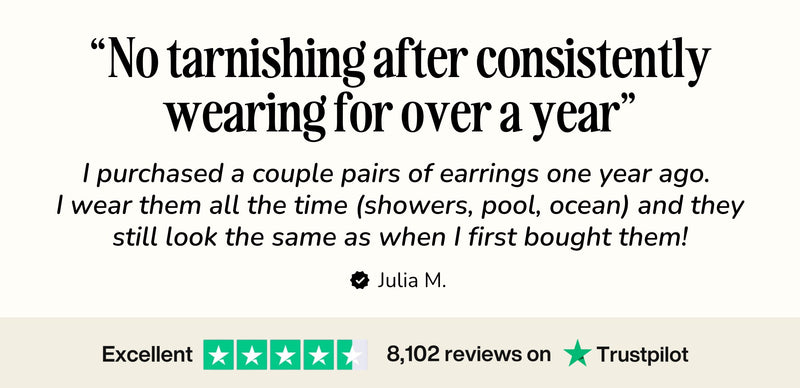




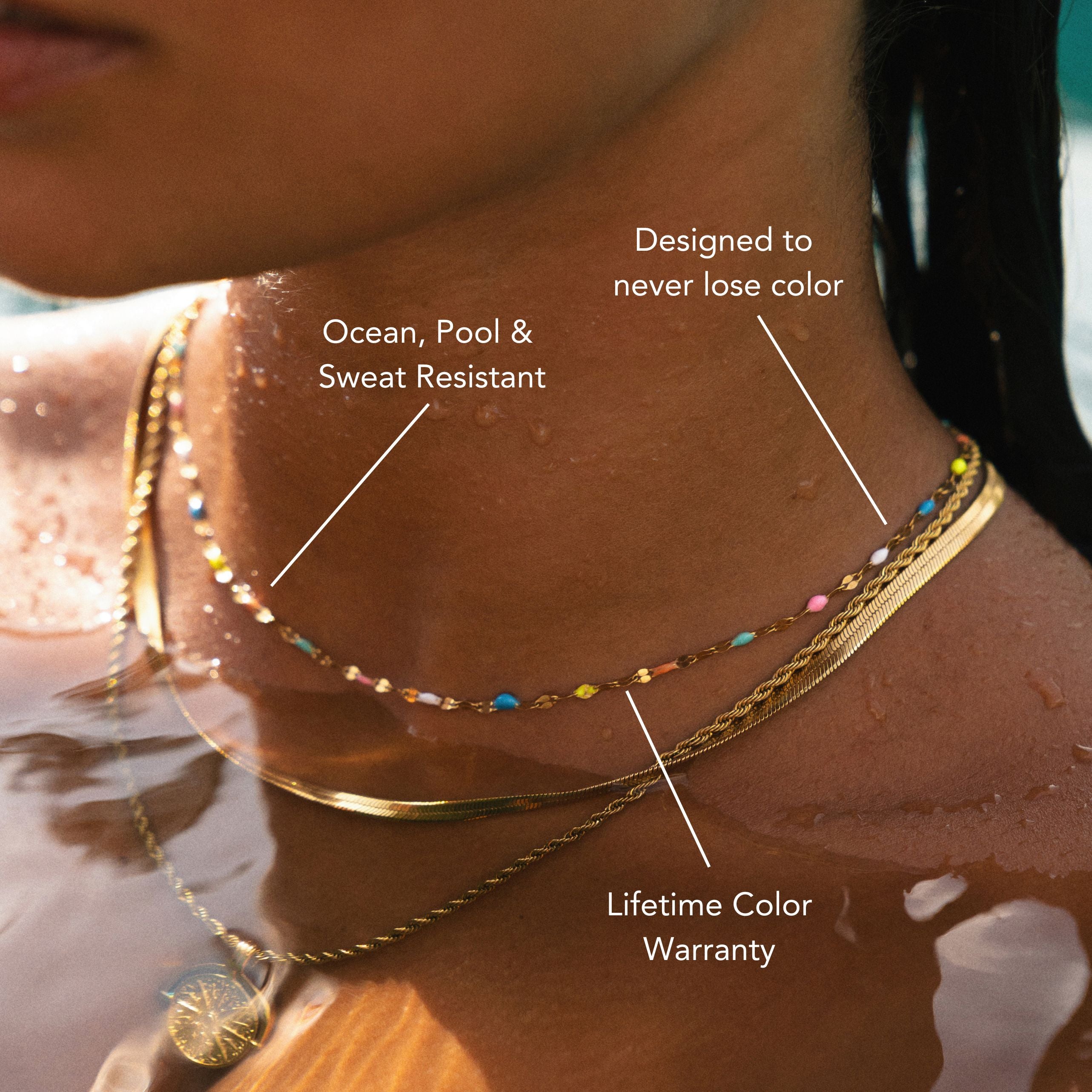

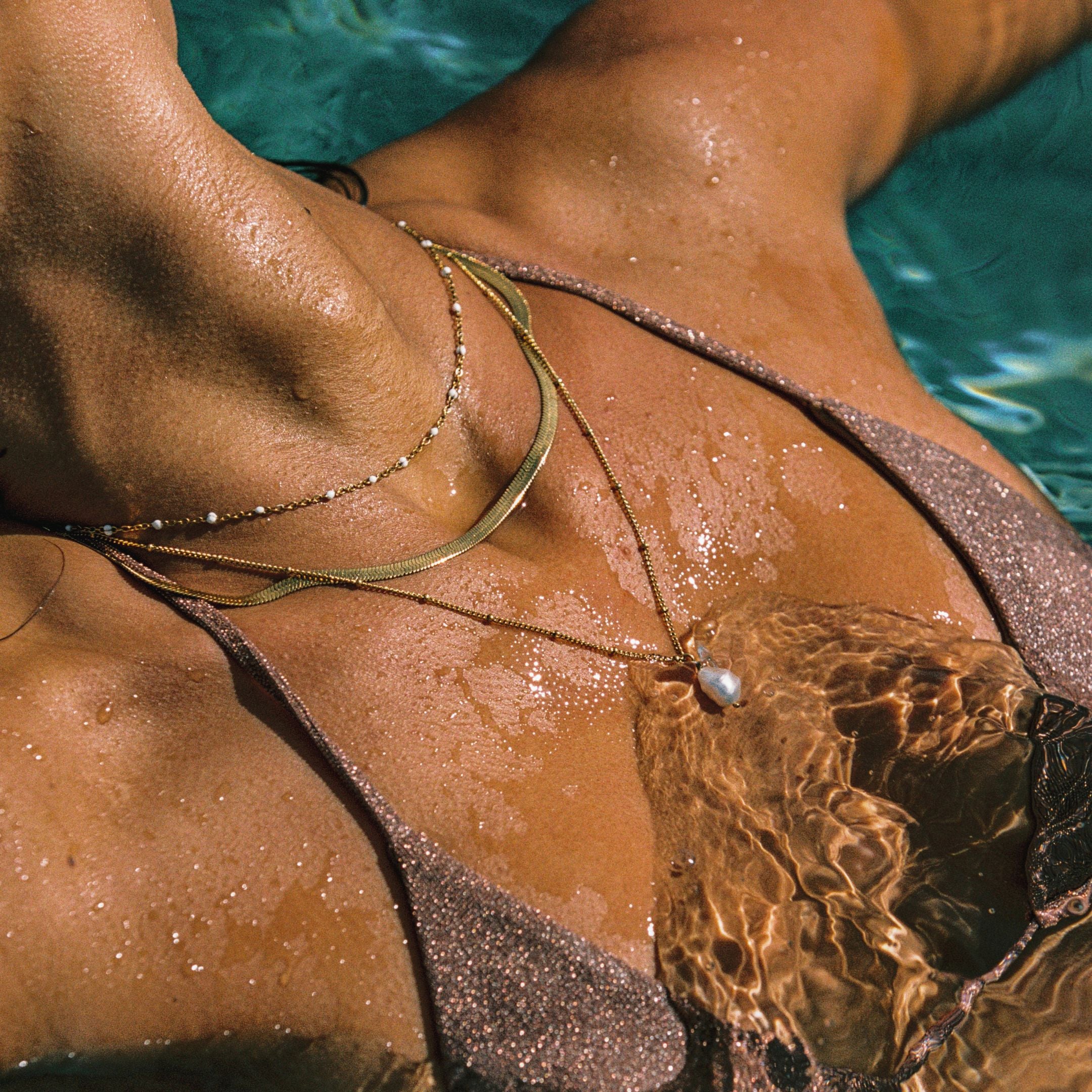
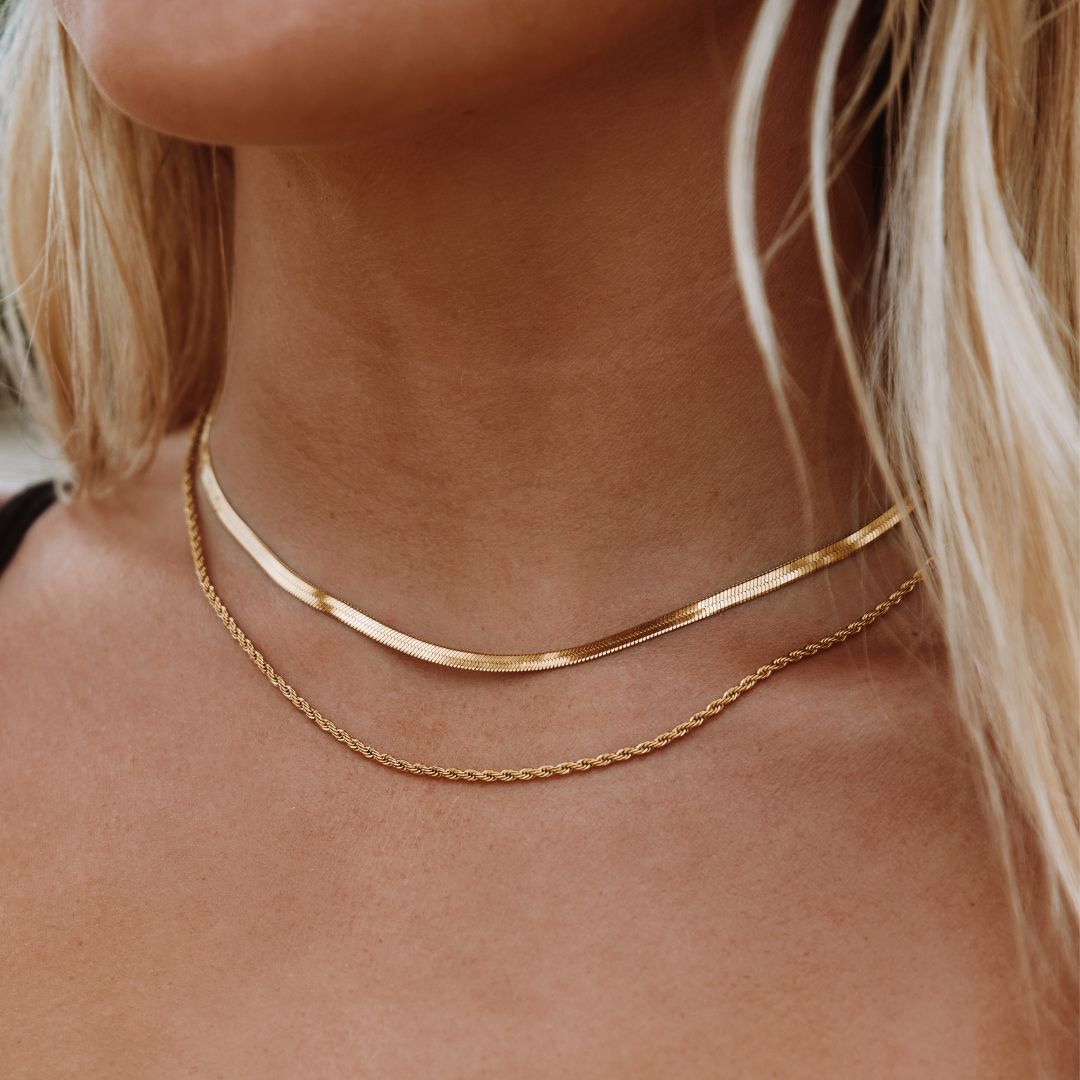

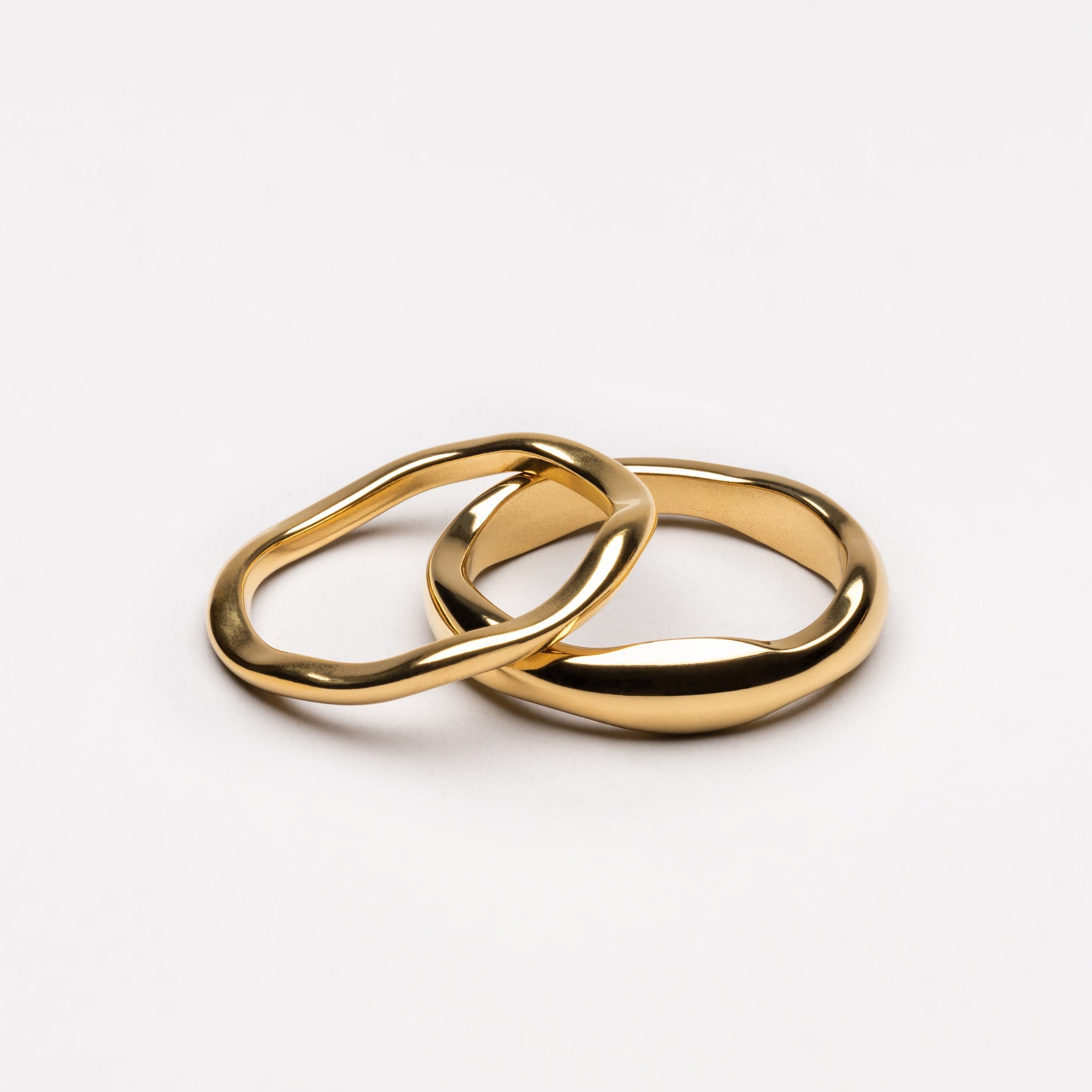
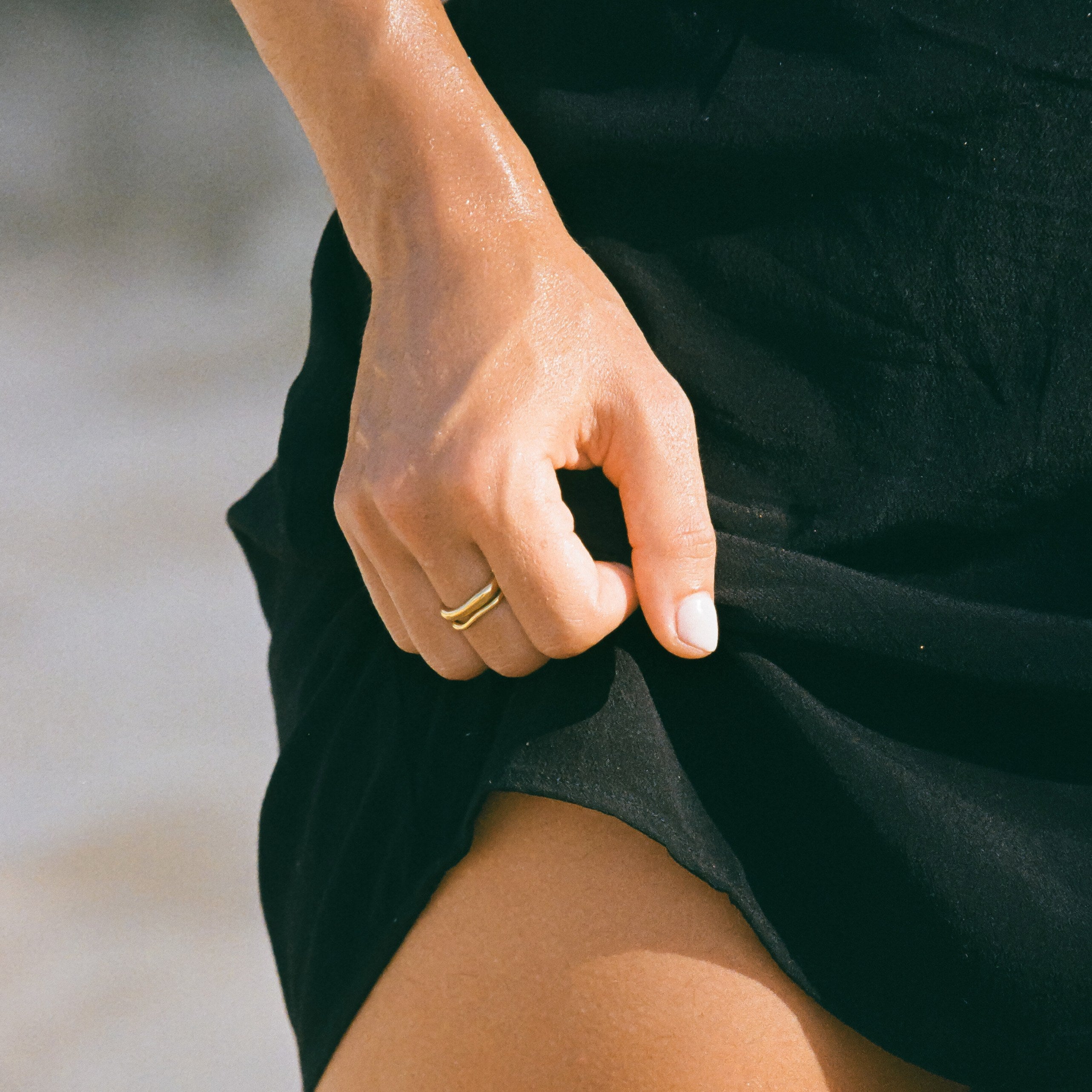
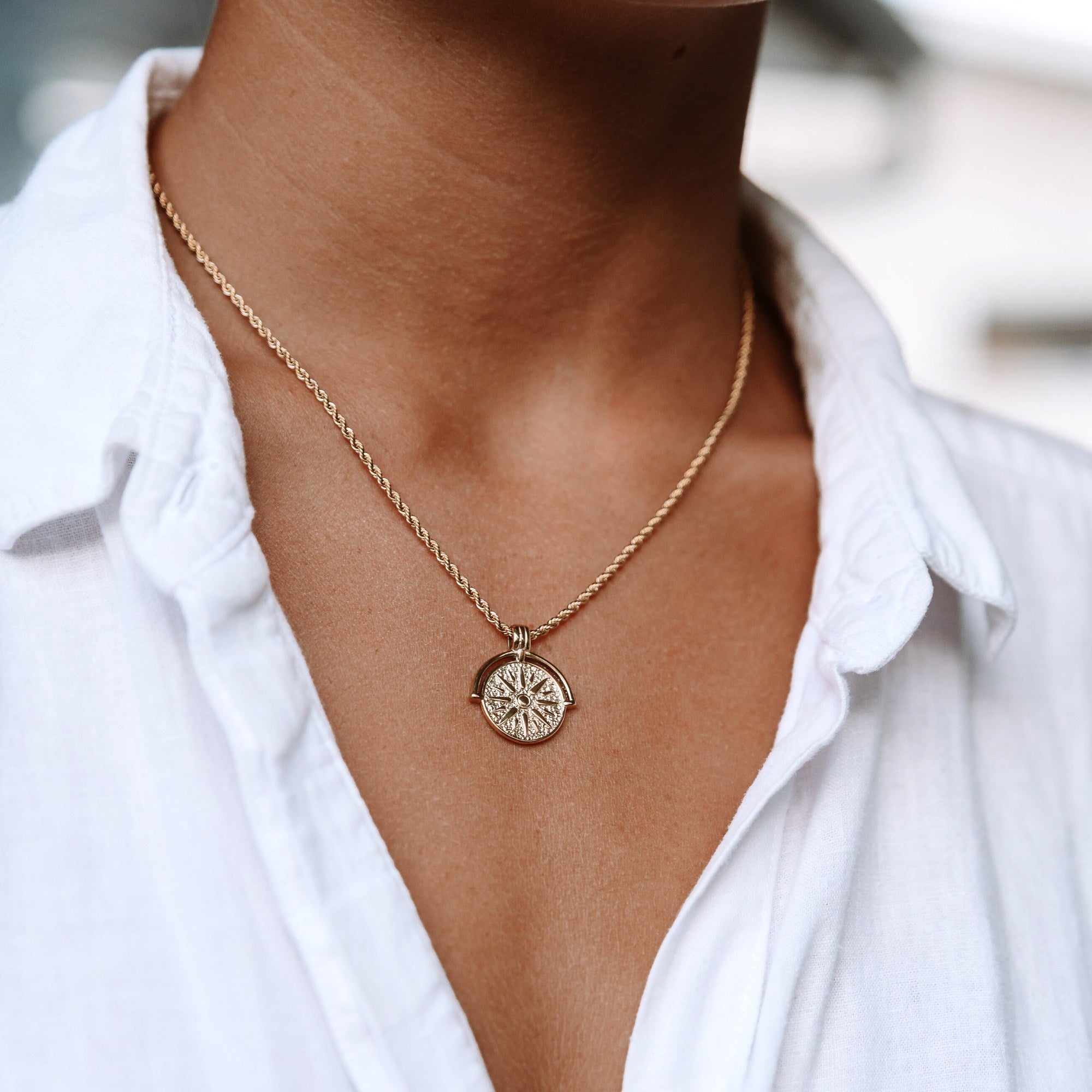
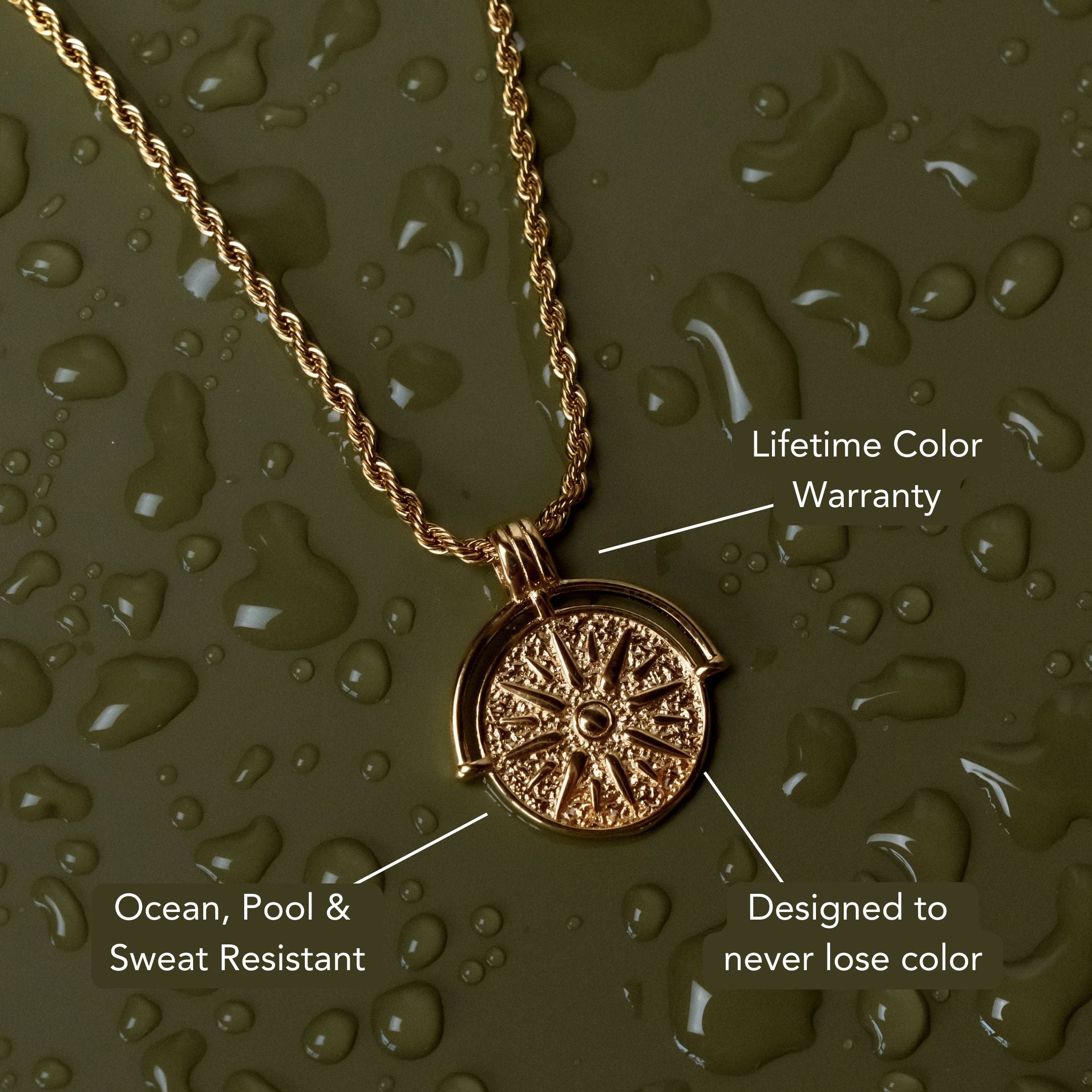






Leave a comment
This site is protected by hCaptcha and the hCaptcha Privacy Policy and Terms of Service apply.